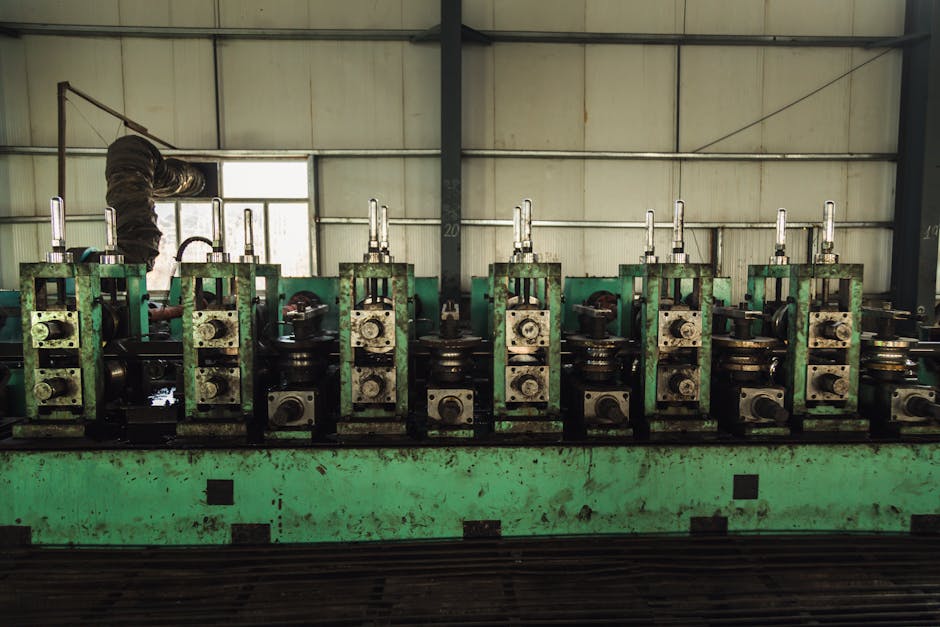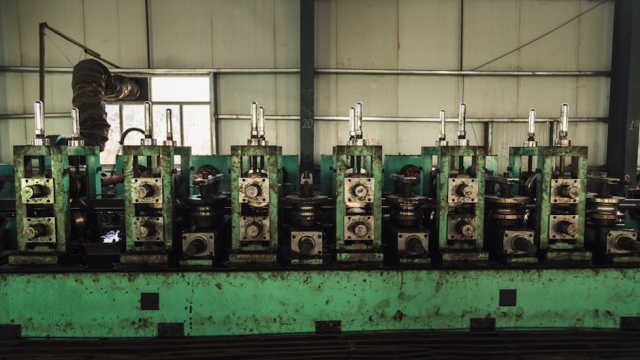Understanding the Basics of Carbonated Filling Machines

In the vibrant world of beverage production, carbonated drinks hold a special place. From refreshing sodas to sparkling waters, the demand for these effervescent beverages continues to grow. Central to the production of these drinks is the carbonated filling machine, a crucial piece of equipment that ensures precision and quality in bottling. Understanding how these machines work and what features to look for can greatly enhance production efficiency and product quality.
Understanding the Basics of Carbonated Filling Machines
A carbonated filling machine is designed specifically for the bottling of carbonated beverages. These machines are engineered to maintain the integrity of carbonation during the filling process, which is vital for preserving the taste and texture of the beverage. The filling mechanism often involves a combination of pressure and speed, ensuring that the bottles are filled without losing carbonation. This is achieved through various filling techniques, including counter-pressure filling and volumetric filling, each suitable for different types of beverages.
Key Features and Specifications to Consider
When selecting a carbonated filling machine, several key features and specifications should be taken into account:
- Filling Method: Different machines utilize various filling methods. Counter-pressure filling is popular for highly carbonated beverages, while volumetric filling is often used for lower carbonation levels.
- Production Capacity: Consider the production volume you need. Machines are available in various capacities, from small-scale operations to large industrial setups.
- Compatibility: Ensure the machine can accommodate the bottle sizes and shapes you plan to work with. Adjustable filling nozzles can enhance versatility.
- Ease of Operation: Look for machines with user-friendly controls and automation features. This can significantly reduce labor costs and improve efficiency.
- Sanitation Standards: Hygiene is critical in beverage production. Choose a machine that is easy to clean and meets sanitation regulations.
- Durability and Maintenance: Select a robust machine that requires minimal maintenance. Investing in a quality machine can lead to cost savings in the long run.
Comparative Analysis of Popular Carbonated Filling Machines
There are several reputable carbonated filling machines available in the market, each with unique features that cater to different needs:
- Model A: Known for its high-speed operation, this model excels in large-scale production environments. It features advanced automation and a user-friendly interface, making it ideal for businesses looking to maximize output.
- Model B: This machine is designed for versatility, handling a range of bottle sizes and shapes with ease. Its adjustable filling nozzles and customizable settings make it a favorite for smaller producers who require flexibility.
- Model C: Emphasizing hygiene, this model incorporates easy-clean technologies and complies with stringent sanitation standards. It’s perfect for producers focused on maintaining high levels of hygiene.
When comparing these models, consider your specific production requirements and the features that align with your operational needs. Each machine comes with its set of strengths, so it’s important to evaluate them based on your unique circumstances.
Maintenance and Best Practices for Maximizing Efficiency
To ensure the longevity and efficiency of a carbonated filling machine, regular maintenance is essential. Here are some best practices:
- Regular Cleaning: Establish a routine cleaning schedule to prevent contamination and build-up of residue. This is crucial for maintaining product quality.
- Routine Inspections: Conduct regular inspections to identify any wear and tear. Early detection can save costs on repairs and downtime.
- Operator Training: Ensure that all operators are trained in the proper use and maintenance of the machine. This will help in maximizing efficiency and minimizing errors.
- Keeping Spare Parts: Maintain a stock of essential spare parts to reduce downtime during unexpected repairs.
In conclusion, a carbonated filling machine is an integral component in the production of carbonated beverages. By understanding the fundamentals, key features, and maintenance practices, producers can enhance their operations and deliver high-quality products to consumers. For more information on selecting the right machine, you can explore resources available at Zenith Filling.


